How to Start a Conclusion Paragraph
Part 1 of 3:
Crafting Your Conclusion Paragraph
-
 Revise your thesis statement. One of the most important components of an effective conclusion is a well-written thesis statement. Before you can draft your final paragraph, you need to make sure that your argument is coherent and polished. Spend some time editing and polishing your thesis statement.[1]
Revise your thesis statement. One of the most important components of an effective conclusion is a well-written thesis statement. Before you can draft your final paragraph, you need to make sure that your argument is coherent and polished. Spend some time editing and polishing your thesis statement.[1]- Make sure that your thesis is not vague. For example, don't just say, "This is a paper about the death penalty."
- Instead, try being clear and specific. You might write, "The death penalty costs America millions of dollars per year, and as such, is one of the major expenditures in our penal system. This paper will examine why the justice system in the United States needs significant reforms."
- This is also the time to make sure that your essay is organized the way you want and that you've supported your thesis with strong evidence and analysis. You can't write a successful conclusion until you've organized your essay in a way that makes sense.
-
 Re-write your thesis statement. Your conclusion should re-state your main points. A major part of a good conclusion is a reiteration of your argument. Take care to clearly state your argument again in the conclusion.[2]
Re-write your thesis statement. Your conclusion should re-state your main points. A major part of a good conclusion is a reiteration of your argument. Take care to clearly state your argument again in the conclusion.[2]- Do not just copy and paste your thesis statement. Put it in different words.
- For example, maybe your thesis statement is, "The Cold War significantly changed American foreign policy. It caused many policymakers to grow accustomed to having a defined enemy. This made for a somewhat confused foreign policy in the 1990s, after the fall of the Soviet Union." You will want to rephrase it in the conclusion.
- Try saying, "As demonstrated by looking at the foreign policy actions of President Bush and Clinton, the post-Cold War foreign policy suffered from a lack of coherent action.
-
 Use specific examples. Your conclusion should remind your reader what they have learned. Take care to remind them why your argument is strong. By using specific examples, you will be strengthening the argument you've worked hard to lay out.[3]
Use specific examples. Your conclusion should remind your reader what they have learned. Take care to remind them why your argument is strong. By using specific examples, you will be strengthening the argument you've worked hard to lay out.[3]- You might consider providing a useful anecdote in your conclusion. For example, if you are writing about the plight of the polar bears, offer a story about the polar bear at the San Diego Zoo.
-
 Summarize your main points. Your paper should be organized in a way that clearly explains the main components of your argument. For example, maybe your paper on the Civil War addresses the causes and the impact on the economy and politics. Make sure that your conclusion reminds your readers of each part of your paper.[4]
Summarize your main points. Your paper should be organized in a way that clearly explains the main components of your argument. For example, maybe your paper on the Civil War addresses the causes and the impact on the economy and politics. Make sure that your conclusion reminds your readers of each part of your paper.[4]- Try to synthesize. This means taking the analysis further than just simply summarizing your points.
- Your conclusion is a great place to not only summarize, but to draw connections. Tell your reader how your different points connect.
- For example, you can point out that the Civil War affected both the economy and politics, and that the two were intertwined.
-
 Leave a lasting impression. Your conclusion is your final chance to make a powerful impression on your reader. Make sure to include all of the necessary components in your conclusion. You will want to review it carefully after writing a draft.[5]
Leave a lasting impression. Your conclusion is your final chance to make a powerful impression on your reader. Make sure to include all of the necessary components in your conclusion. You will want to review it carefully after writing a draft.[5]- Make sure that you have clearly stated your argument. Your reader should not be confused about your point.
- Review your main points. Have you included all of them in your conclusion?
- Does your conclusion explain why your topic is significant? Remember, it is your last chance to convince your reader that your research is important.
- Make the importance clear. You can state, "This research is significant because it illustrates connections between 19th century literature and the feminists of today."
Part 2 of 3:
Starting Your Conclusion Paragraph
-
 Establish a sense of closure. You want your reader to know that they have reached the end of your paper. The wording and content of your conclusion paragraph should make this clear. There are a few ways that you can establish a sense of closure.[6]
Establish a sense of closure. You want your reader to know that they have reached the end of your paper. The wording and content of your conclusion paragraph should make this clear. There are a few ways that you can establish a sense of closure.[6]- Try connecting the last paragraph to the first. For example, if your introduction talked about a dog named Sam, finish your paper by referring once again to Sam.
- Linking the first and last paragraphs is a good way of ending your paper. It "bookends" your topic.
- You can also finish your essay with a quote or fact that you referenced earlier in the essay. This provides a nice sense of closure for your reader.
-
 Propose a plan of action. A conclusion is not just a place to emphasize your points that you have already made. You should also use it as a space to point out necessary "next steps". You can tell your reader about what should be done to solve the problem. Talking about next steps makes it clear to your reader that you are concluding your essay.[7]
Propose a plan of action. A conclusion is not just a place to emphasize your points that you have already made. You should also use it as a space to point out necessary "next steps". You can tell your reader about what should be done to solve the problem. Talking about next steps makes it clear to your reader that you are concluding your essay.[7]- Maybe you are writing a paper about the obesity epidemic in America. Your conclusion is a great place to offer some solutions.
- For example, you could say, "Clearly, there is a need for a greater focus on physical activity at a young age." Or you could say, "More research should be done to help learn to effectively treat the negative side effects of obesity."
- You can also use your conclusion to point to broader themes. For example, your paper about the Freedom Rides in 1961 could indicate some broader points about the Civil Rights movement.
-
 Use simple language. What ever device you use to start your conclusion, you should focus on your word choice. Make your point clear and concise. You want your argument to be clear and to the point. There is no need to try to use big words or flowery prose in your conclusion.[8]
Use simple language. What ever device you use to start your conclusion, you should focus on your word choice. Make your point clear and concise. You want your argument to be clear and to the point. There is no need to try to use big words or flowery prose in your conclusion.[8]- Try to avoid using a long sentence to start your conclusion. You want to grab your reader's attention and keep it.
- There is no need to say, "And so, as we have effectively demonstrated through the use of complicated evidence..." Instead, just say, "It is clear we need change."
- Try writing the first sentence of your conclusion using only one syllable words. This will enhance the drama of your paper.
-
 Provide context. Context is information that helps your reader fully understand your argument. You may have made your points clear, but you need to do more than that. Context will tell your reader why your topic-0-and argument--is important.[9]
Provide context. Context is information that helps your reader fully understand your argument. You may have made your points clear, but you need to do more than that. Context will tell your reader why your topic-0-and argument--is important.[9]- Clearly stating the importance of your argument is a good way to start your conclusion. Your reader will understand exactly what you are trying to say.
- You can say, "This research is important because it could help save the lives of animals." That is a direct, declarative statement.
- Context can help you explain why a topic is important. For example, your conclusion could begin with a statement such as, "As this essay is being written, there are blank amount of youths incarcerated in the United States."
-
 Be creative. Your reader will likely know that they have reached the end of the essay. Generally, that is obvious simply because they are out of pages to read. Don't feel the need to state the obvious.[10]
Be creative. Your reader will likely know that they have reached the end of the essay. Generally, that is obvious simply because they are out of pages to read. Don't feel the need to state the obvious.[10]- Avoid saying, "In conclusion". There are other, more interesting, ways to start your conclusion.
- Try saying, "As the research has demonstrated." You can also just introduce your final points by saying, "Finally..."
- You can also indicate that your reader is at the conclusion by saying, "To review..." or "We can see..."
- You can also write, "It is clear...". Try a few different options to see what works best for your particular paper.
Part 3 of 3:
Polishing Your Paper
-
 Pay attention to transitions. Transitions are the sentences that connect the different pieces of your paper. There should be clear transitions between your introduction, each of your body paragraphs, and your conclusion. When you edit, make sure that your transitions are well-written.[11]
Pay attention to transitions. Transitions are the sentences that connect the different pieces of your paper. There should be clear transitions between your introduction, each of your body paragraphs, and your conclusion. When you edit, make sure that your transitions are well-written.[11]- There are several words you can use to indicate that you are transitioning to the next part of your paper. You want your reader to know when you have reached your conclusion.
- In addition to saying, "In conclusion....", there are other choices you can make. For example, you would try, "Finally,..." or "As this paper demonstrates...".
- Make sure to transition between each main point. You can use words such as, "In comparison", "Next", or "A different approach" to illustrate your are shifting topics.
-
 Edit carefully. You have put a lot of hard work into your conclusion, and your paper as a whole. You wouldn't want your efforts to be marred by shoddy editing. Take time to thoroughly edit your paper before submitting it.[12]
Edit carefully. You have put a lot of hard work into your conclusion, and your paper as a whole. You wouldn't want your efforts to be marred by shoddy editing. Take time to thoroughly edit your paper before submitting it.[12]- Look for spelling and grammatical errors. Use spell check to help you.
- Edit for content. Read each sentence of your paper to make sure that it makes sense and helps get your point across.
- Don't be afraid to make cuts. If you find a paragraph that doesn't add to your argument, get rid of it.
- Read out loud. This is an excellent way to catch errors that you didn't notice while reading.[13]
-
 Get some feedback. Sometimes it can be difficult to be objective about your own writing. Ask someone else to read your paper for you. A friend, classmate, or family member might be willing to offer some input.[14]
Get some feedback. Sometimes it can be difficult to be objective about your own writing. Ask someone else to read your paper for you. A friend, classmate, or family member might be willing to offer some input.[14]- Be open to constructive criticism. Don't take it personally if your friend offers some helpful pointers.
- Explain the assignment. You can say, "This paper is supposed to be an assessment of the public school system in Indiana. Are my points clear?"
- Ask your reader to pay careful attention to your conclusion. They might spot holes that you didn't see.
-
 Check off the requirements. After you have edited, make it is time to give your paper a final look. You want to take time to make sure that you have fulfilled all of the requirements. For example, if the guidelines state it should be 5-7 pages, make sure that it is.[15]
Check off the requirements. After you have edited, make it is time to give your paper a final look. You want to take time to make sure that you have fulfilled all of the requirements. For example, if the guidelines state it should be 5-7 pages, make sure that it is.[15]- Format the paper as specified. If it is supposed to be written in 12 point Times New Roman, verify that that is the font you used.
- Submit the paper as specified. If your teacher asks you to submit both an electronic copy and a hard copy, follow those instructions.
4 ★ | 1 Vote
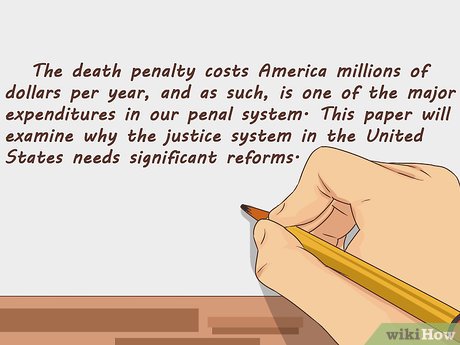

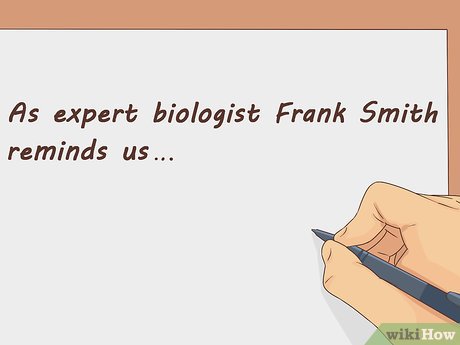
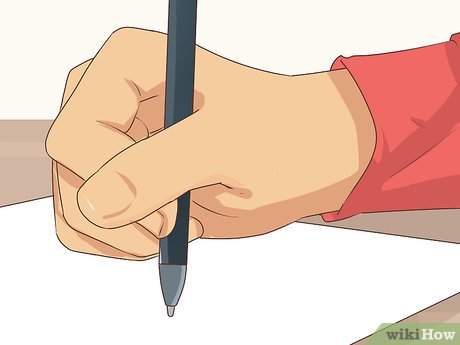
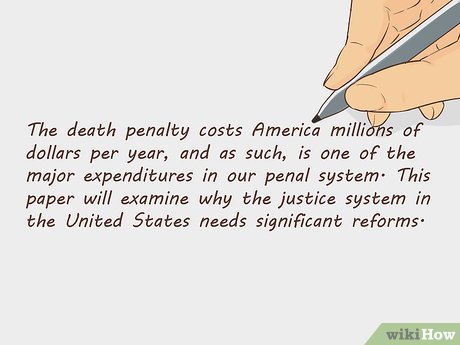
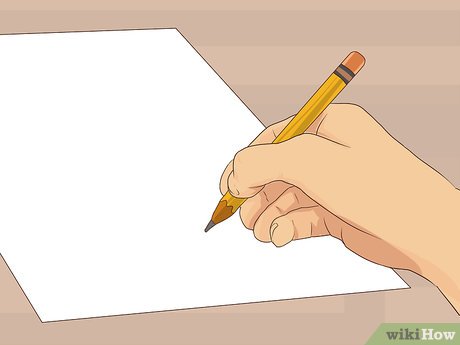
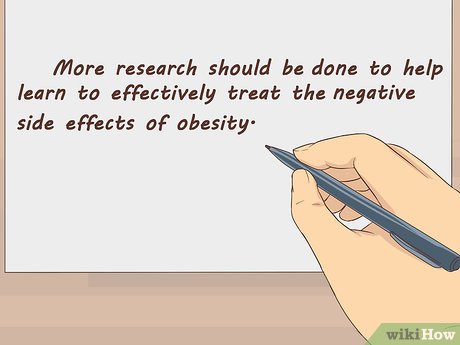
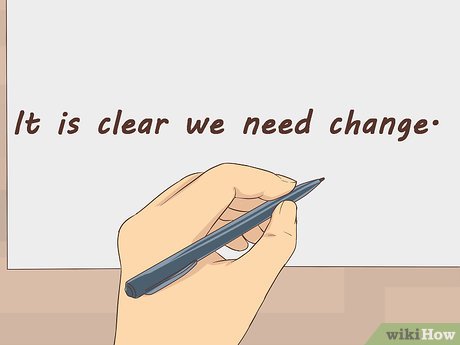

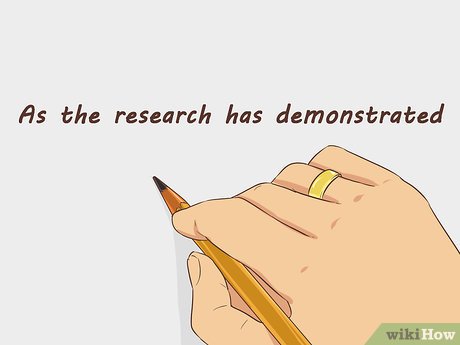
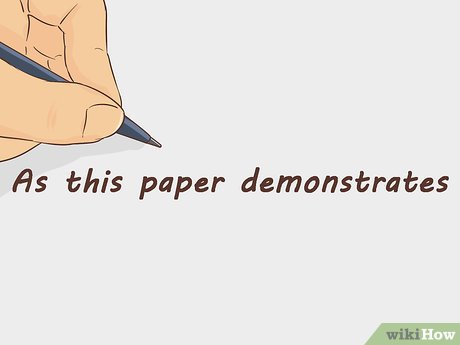
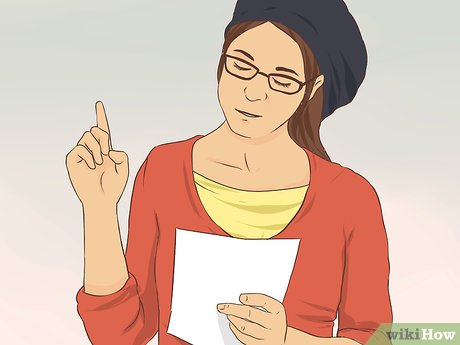
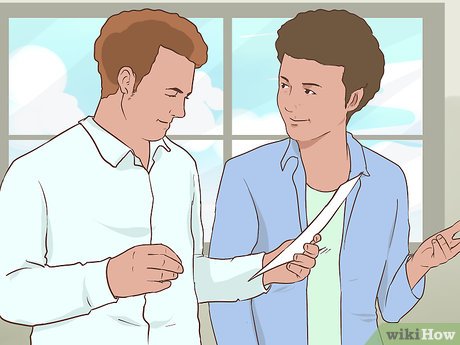
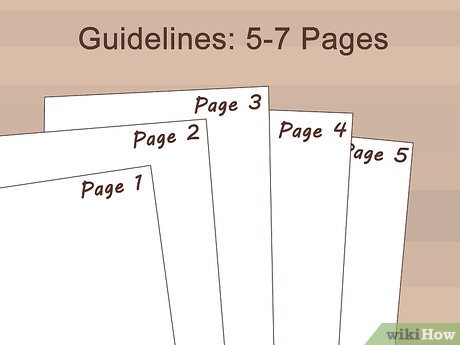
 How to Write About Your Hobbies and Interests
How to Write About Your Hobbies and Interests How to Mail a Postcard
How to Mail a Postcard How to Address to a PO Box
How to Address to a PO Box How to Balance School and Work as an Adult
How to Balance School and Work as an Adult How to Say Goodbye in Several Different Languages
How to Say Goodbye in Several Different Languages How to Conduct Academic Research
How to Conduct Academic Research